If you’re into classic cars, you’ve probably crossed paths with the Chevrolet Bel Air since it’s basically a superstar in the car world.
But have you ever considered what makes Bel Air so special?
Well, when it debuted as Chevy’s premium model in 1949, it brought a sleek design and a variety of engine options to the mix. It was like a cool kid on the block.
Also, Bel Air was a bit of a trailblazer, adding new features like power brakes and steering.
You know what’s even more awesome?
This model didn’t just stay on the road; it zoomed right into pop culture, appearing in films, music, and art. Fast forward to today, and people are still fascinated with the Bel Air.
If you’re planning to buy a classic car or a car enthusiast, you won’t get enough of its timeless vibe, and neither can I.
So, join me on this ride as I explore how this Chevy star changed the auto scene in the 1950s and why it still turns heads!
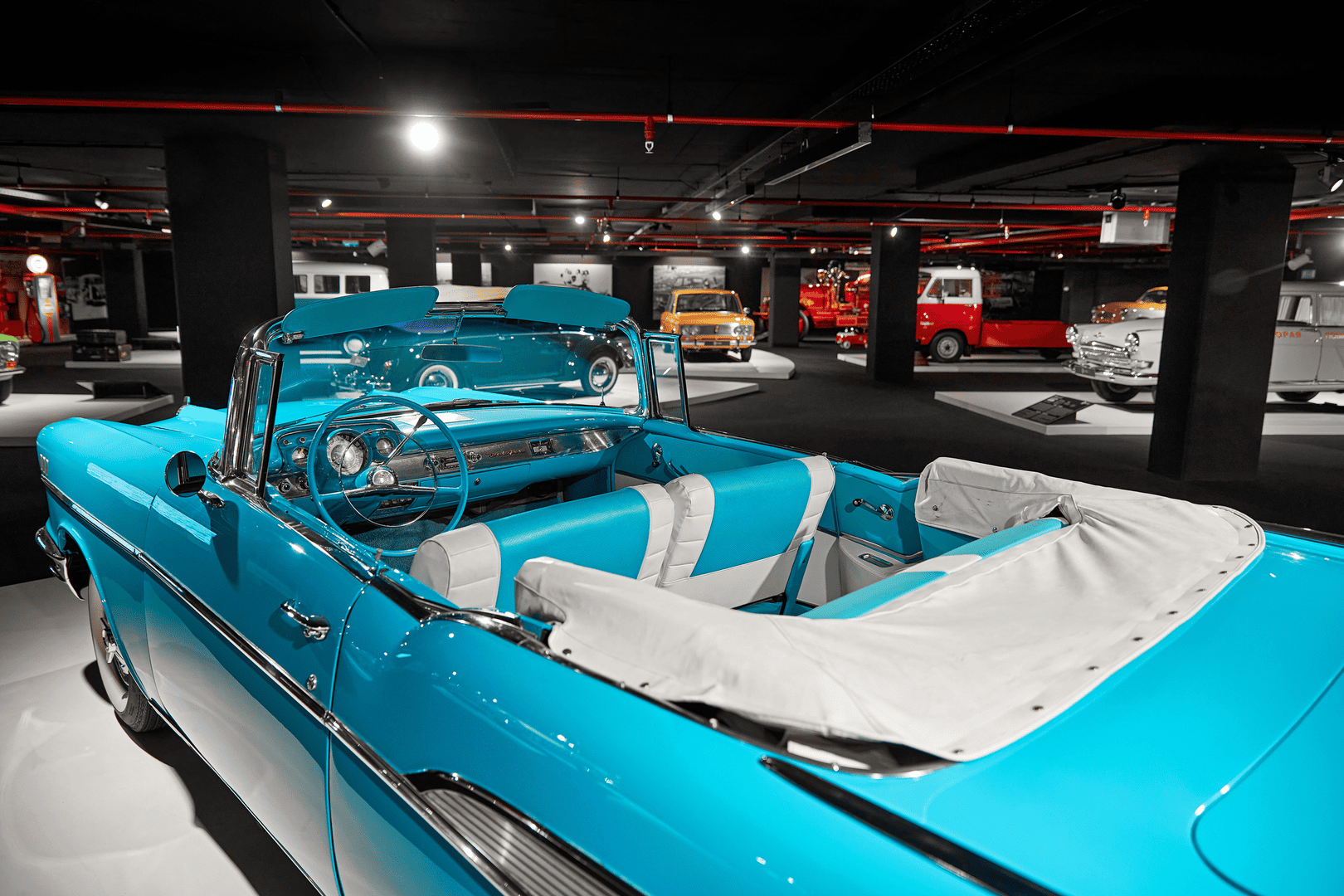
Key Takeaway
- The Chevy Bel Air’s sleek, innovative design defined 1950s American auto style with features like a Ferrari-inspired grille, chrome accents, and unique rear styling. It brought sophistication to Chevrolet’s lineup as a premium model.
- Bel Air offered a variety of powerful engines and performance options over the years, including a landmark 283 cubic inch V8.
- Many Bel Air models, trims, and body styles gave buyers customization choices. Iconic styles included the Sport Coupe two-door hardtop.
- Bel Air became a pop culture sensation, appearing in rebel films like Rebel Without a Cause and Happy Days. Its style resonated in songs and ads, cementing its legacy.
Innovative Design and Styling
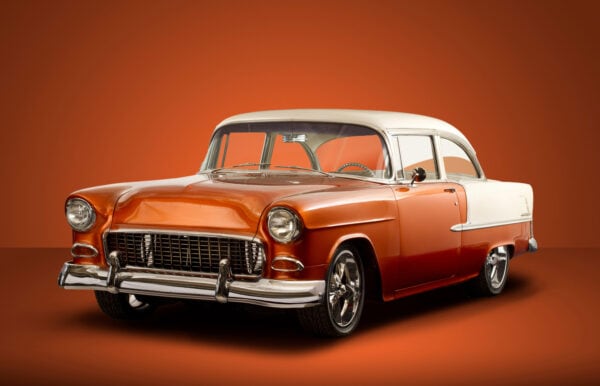
The Bel Air was born when Chevrolet launched a new body style for its Deluxe series in 1950.
Back then, it was called Sport Coupe, and it had a slim and low roofline with a unique rear window that extended around the sides. This design gave the car a sophisticated and attractive appearance that set it apart from the rest of the Chevrolet lineup.
The Sport Coupe was so successful that it was separated as a premium model range and given the Bel Air name after a rich Los Angeles area.
Throughout the 1950s, Bel Air continued to dazzle with different body styles.
The rear fender bulge gave it an imposing attitude, while the broad chrome strip running along its sides offered a touch of class. Full-wheel covers were just the icing on the cake, ensuring the Bel Air stood out amid a sea of ordinary.
One of the most noticeable features of the Bel Air series was the Ferrari-inspired grille. Yes, it was inspired by the Ferrari 250 Testa Rossa, a popular racing car at the time.
Comfort and elegance were also considered while designing the Bel Air interiors.
It had chrome headliner bands and a full chrome horn ring that showcased the meticulous attention to detail that Chevrolet had placed into building the Bel Air.
However, the twin-element instrument panel was the true show stealer. One was constantly reminded that they were in the presence of a work of automobile art by the panel’s appearance.
In addition, compared to most of its rivals, the Chevrolet Bel Air had more space and legroom, offering a luxurious and pleasant ride.
Powertrain and Performance
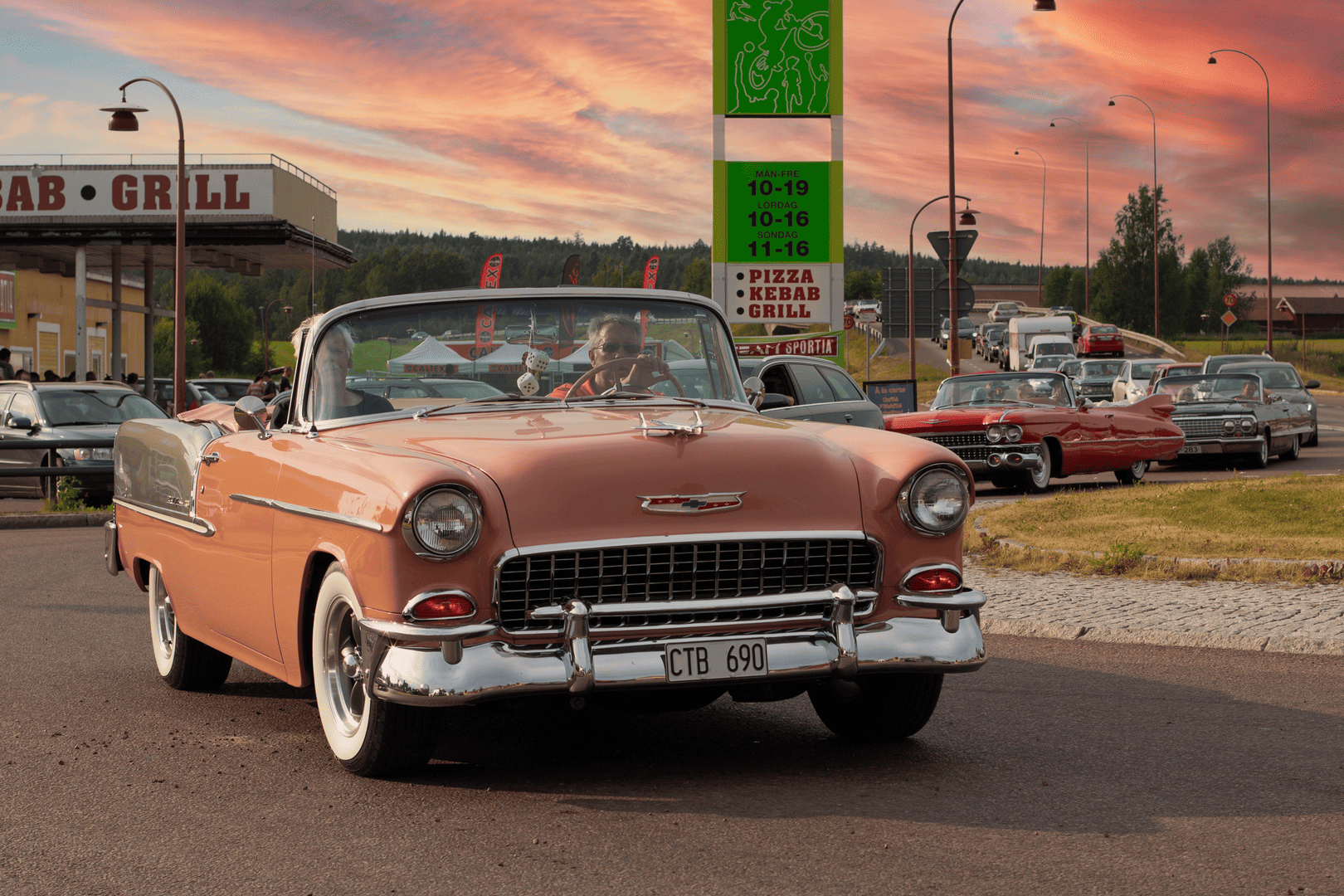
You would be completely mistaken to believe that the Chevy Bel Air was just a pretty car.
Oh, it was quite the road warrior!
1950s Bel Air offered different engine options.
For those who appreciated traditional, dependable engines, there were inline 6s humming in the hood. The V8, on the other hand, roared to life for speed lovers, unleashing a power surge that defined the era’s love for performance.
The most well-known engine was the 283 cubic inch V8, which had a maximum output of 283 horsepower when first released in 1957.
At the time, this engine was considered remarkable for being the first to achieve one horsepower per cubic inch.
Imagine cruising down the highway, wind in your hair, and handling the steering wheel effortlessly. Perhaps it’s not difficult for you to picture it now in 2023, but that was just like a dream back then.
Well, at least until Bel Air introduced power steering and brakes, making driving safer and much easier.
This iconic car offered three distinct gearbox options: manual, automatic, and overdrive. The overdrive transmission was particularly inventive since it enabled the engine to operate at lower RPMs and save fuel.
These innovations distinguished the Bel Air from other vehicles of its day and greatly influenced the driving experience.
This car adapted to different road conditions with ease and was quicker, smoother, and more responsive than most competitors.
It was a car that was fun to drive and easy to control, and it appealed to both casual and enthusiast drivers.
Models, Trims, and Options
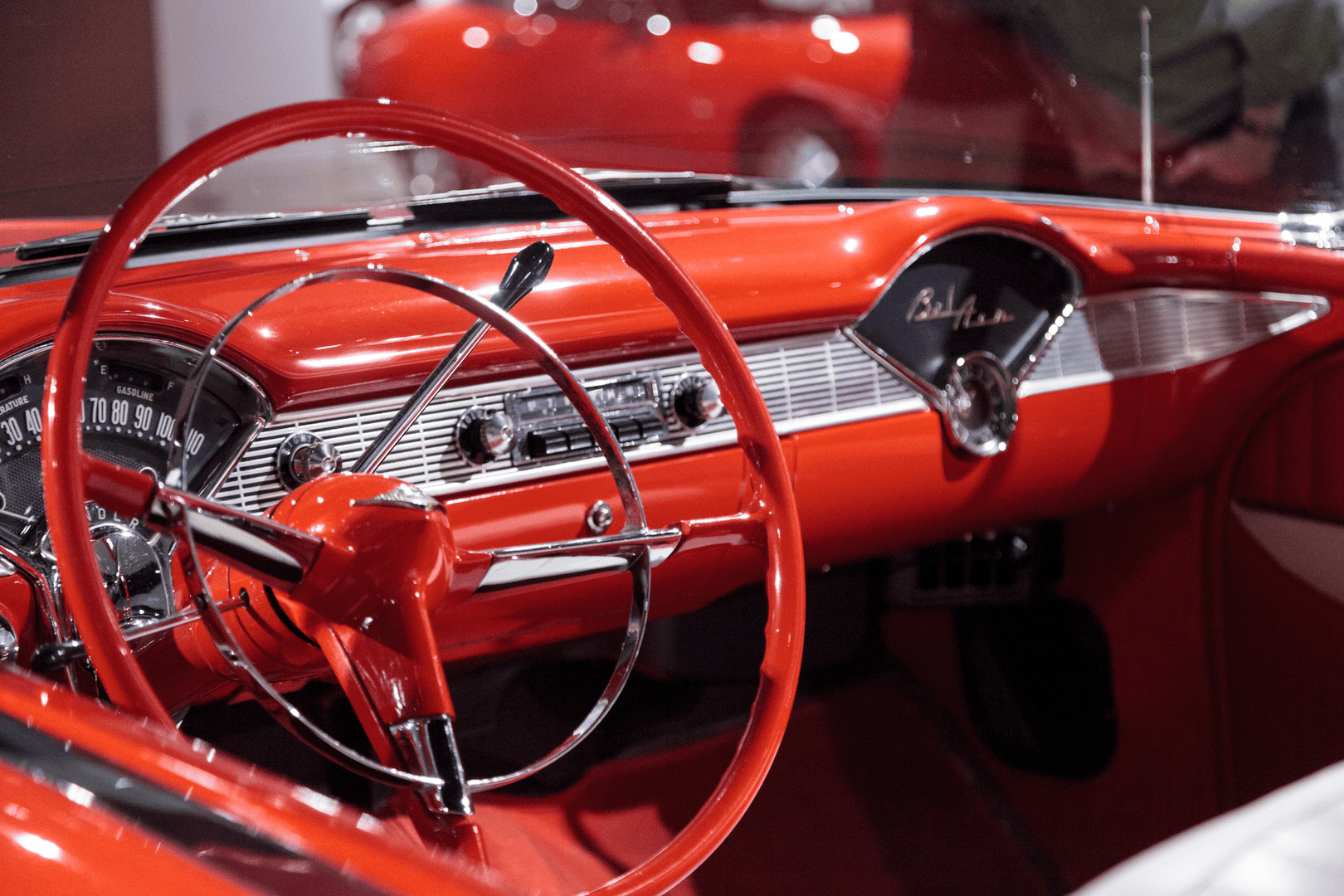
Chevrolet Bel Air was an automobile that could suit various purposes and interests.
It provided a range of models, trim levels, and options, allowing buyers to personalize the vehicle. Coupes, sedans, wagons, and convertibles were in the lineup, each with unique features and benefits.
Different trim level designations indicated the level of luxury and equipment.
The 150 was the base model and a budget-friendly and practical choice. The 210 was the next level, trendier and more comfortable. The 150 and 210 were successors to the special and deluxe series, respectively.
The most luxurious and distinguished alternative was the Bel Air, the highest level.
As we already mentioned, the two-door hardtop of the Bel Air was also known as Sport Coupe. Often referred to as the two-ten or the two-fifty, this was the most famous and iconic body design of the Bel Air.
In addition, the Bel Air came with a wide range of upgrades and extras that improved its looks and functionality. Some options included whitewall tires, fender skirts, dual exhausts, continental kits, and fuel injection.
Since fuel injection improved engine power and efficiency, it was an exceptionally uncommon and highly sought-after option. Fewer than a thousand Bel Airs had fuel injection, which made them extremely desirable to collectors.
All of these models, trims, and features reflected the 1950s American car market.
The Bel Air had something for everyone – whether they wanted a modest and affordable car or a flashy and powerful machine.
The year and body type had an impact on how popular Bel Air was as well. For instance, the 1957 Bel Air was the decade’s best-selling model, but a recession and a significant redesign hurt the 1958 Bel Air’s sales.
Evolution and Changes
The Chevrolet Bel Air was a vehicle that progressed with the times.
It saw significant redesigns and several annual adjustments to stay fresh and competitive. While some changes were dramatic and divisive, others were minor and cosmetic.
One of the most important changes was the 1955 makeover that started the second generation of this remarkable car. This redesign gave the Bel Air a new and enhanced chassis, a more powerful V8 engine, full-wheel covers, and a more Ferrari-inspired look.
The 1955 Bel Air is regarded as one of the most exquisite and significant automobiles of all time and was a great success. The General Motors marketing team even nicknamed it the “Hot One.”
The third generation was launched with the 1958 redesign (it was quite a change). Now, Bel Air has a quad-headlight arrangement, a broader and flatter grille, and a longer and lower body.
The 1958 model was also the first to offer a new body style, the four-door hardtop coupe called the Sport Sedan.
Despite being a daring and drastic redesign, the public preferred the simpler and more elegant style of the previous models, like the 1957 Chevrolet Bel Air.
Chevrolet kept changing and adapting this epic model throughout the 1960s and 1970s as it encountered new challenges and rivals.
It became bigger and heavier and lost its unique body shape and allure. Other Chevy models that provided more performance and luxury, including the Impala and the Caprice, also posed more competition to it.
The Bel Air was downsized to a simple, inexpensive sedan by the middle of the 1970s, and it was phased out in the United States in 1975.
Production and sales remained in Canada until 1981, at which point it was eventually retired.
Pop Culture Spotlight
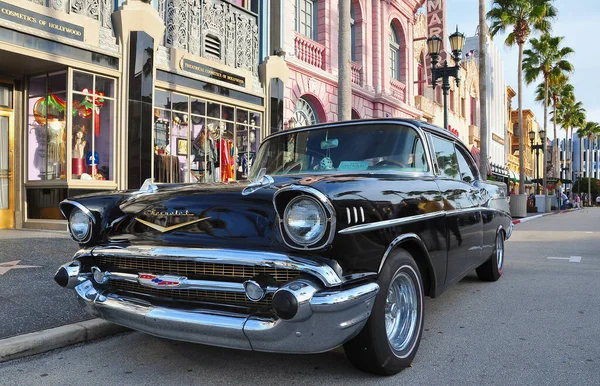
Besides being a powerful car, the Bel Air was a sensation in 1950s culture.
It became a symbol of the American lifestyle in the 1950s and was featured in several movies, songs, and advertisements. The Bel Air’s design and characteristics contributed to its role in pop culture, as it embodied the goals and ambitions of the post-war era.
Rebel Without a Cause (1955), a legendary Hollywood film, is one of the most celebrated examples of Bel Air’s popularity. In this cinematic classic, James Dean’s character, Jim Stark, races a 1949 Mercury Eight Coupe.
Even though the movie may have used a different vehicle, the picture of James Dean speeding about in his vehicle added to Bel Air’s symbolic connection with American youth culture, disobedience, and the quest for independence.
When the 1970s rolled along, the 1957 Bel Air appeared in American Graffiti (1973). The 1962-set movie depicted a romantic view of American auto culture, and the model became an instant favorite with collectors.
The Bel Air’s elegant design and chrome highlights gave the movie’s depiction of time spent driving and hanging out with friends a realistic feel.
With the legendary TV series Happy Days (1974–1984), television became a Bel Air fan club member. The 1955 Bel Air was chosen by the character Fonzie, who represented everything cool and rebellious.
Bel Air’s appeal among younger viewers was cemented by the automobile’s portrayal on the show, which furthered the notion that the vehicle was more than simply a machine but also a statement.
If songs could tell tales, American Pie by Don McLean (1971) wove a sentimental narrative about the loss of innocence in America during the 1950s.
The 1956 Bel Air featured in the song came to represent a simpler time, highlighting how the car’s style and cultural importance perfectly blended into the overall vibe of the era.
Moreover, The Bel Air appeared in commercials and marketing efforts throughout the 1950s. Chevrolet used the Bel Air to promote its brand image as a maker of stylish and reliable cars.
The Bel Air was among the best-selling vehicles of the 1950s, thanks partly to its widespread appeal in popular culture, and collectors still find it appealing today.
Summing Up
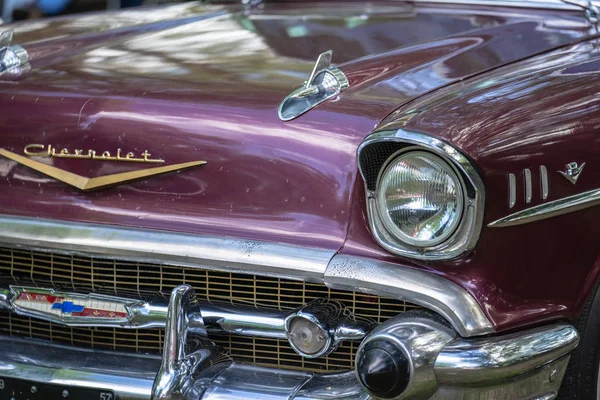
As we take a nostalgic pit stop at the end of our journey through the 1950s, it’s evident that the Chevy Bel Air is the iconic car that shaped the American auto design and culture of the period.
It was an innovative, stylish, and performance-driven automobile with a wide range of models, trims, and options to fit every need and preference.
Many people were impacted and inspired by the Bel Air, and it was featured in numerous films and songs.
Being among the earliest classic muscle cars, it created a lasting impact and became a symbol in the automotive world.
Collectors and aficionados still find it to be an extremely desirable vehicle.
